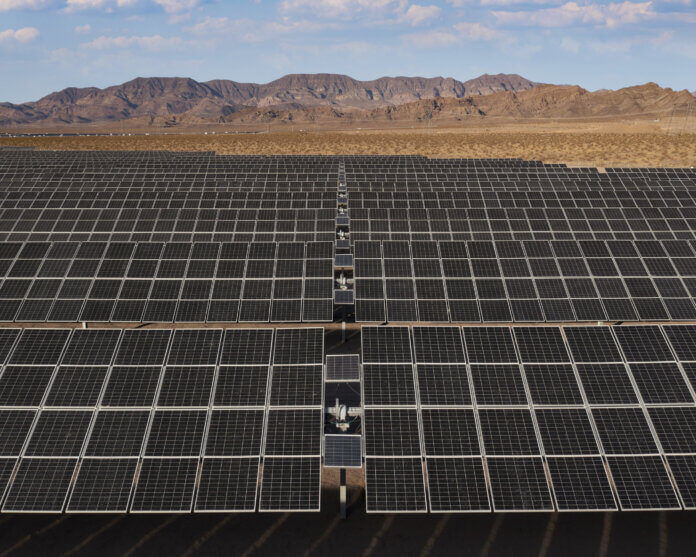
FTC Solar has co-authored a whitepaper with wind engineering experts RWDI and structural engineering firm Engineered Power Solutions (EPS) on the wind mitigation strategy of FTC’s unique single axis tracker, Voyager. This strategy – combining a zero-degree wind stow position with proprietary dampening technology – was independently characterized through wind tunnel testing carried out by RWDI. The result is a platform for solar trackers that reduces the effects from static and dynamic wind loading. This prevents catastrophic failure and revenue loss.
“Due to the high level of torsional damping in the model from the dampers, divergent oscillations indicative of aerodynamic instability were not observed in the configurations with at least one damper per half,” states RWDI’s report.
RWDI tested wind speeds between 105 mph and 150 mph to determine that the Voyager tracker is stable. This unique damping technology prevents wind from damaging the module’s surface, which could ultimately lead to catastrophic failures.
“These large surface area modules with the frames at the outer edge, behave dynamically in new ways that traditional design approaches can’t analyze. This can lead to microcracking and cell failure that is not visible to the naked eye,” says Nagendra Cherukupalli, chief technical officer at FTC Solar. “To alleviate these issues, FTC Solar is pioneering the use of multi-body dynamics simulation to fully characterize the dynamic behavior of single axis trackers.”
FTC Solar attaches dampers on each row before the modules. The row is then set to zero-degree tilt. This protects the row from wind damage. This shields each row and keeps field workers safe.
